Is Your Body Ready For Summer
 If you talk to the people who workout in our San Antonio, Texas gym, you know that they’ve already started to get swimsuit ready or they’re ready year around for more revealing clothing. If you haven’t already started, it’s not too late to get your body ready for summer. Even though it’s June, you still have three months of summer and you could look fabulous with time to spare for swimsuit weather and more revealing clothing that’s part of the season.
If you talk to the people who workout in our San Antonio, Texas gym, you know that they’ve already started to get swimsuit ready or they’re ready year around for more revealing clothing. If you haven’t already started, it’s not too late to get your body ready for summer. Even though it’s June, you still have three months of summer and you could look fabulous with time to spare for swimsuit weather and more revealing clothing that’s part of the season.
It starts with setting goals.
It’s one thing to think about getting into shape and quite another to write out goals. Do you want to lose weight? Is toning your goal or do you simply want to boost your energy for more summer fun? Identifying your goal and then laying out the steps that will help you achieve it is important. Your goal must be measurable with steps you can reach along to the way to reach it. If you want to lose ten pounds, how are you going to do it? One reason personal trainers are so valuable is that they help you set goals and create plans to help you reach them. It’s the toughest part. Track your progress. Winners keep score.
Eating healthy should be part of your program.
Whether you want to boost energy levels, build a toned body or lose weight, eating healthy should be an integral part of the program. Healthy eating provides the nutrients to build muscle tissue and helps you shed unwanted pounds. It also increases your energy by omitting sugar and other ingredients that can sap you of your energy and strength. If weight loss is your goal, a healthy diet is a must. You can’t out exercise poor eating habits, no matter how hard you try.
Make your workout an appointment.
Exercise and healthy eating needs to become a habit to be the most effective. Until it becomes one, you have to take special care to ensure you stick with the program. Make your workout as important as any appointment you have in your schedule. Consider it a “not going to the doctor’s” appointment, since it helps you stay healthier.
- You can make eating healthy easier by planning meals ahead, shopping once a week—after you’ve eaten—and making all your meals on the weekend, so you just have to warm them for supper.
- Double your recipes to make extra meals to freeze. After a few weeks, you’ll have fewer meals to create on the weekend, since your freezer will be stocked. Use the divided freezer containers to store meals.
- Add to your workout and include some fun activities that provide exercise on your days away from the gym. It can include bicycling, hiking, swimming or other activity you enjoy.
- Track your progress, not only by the amount of weight you lost, but also by the progress you’ve made in the gym, clothing size or even health indicators like blood pressure.


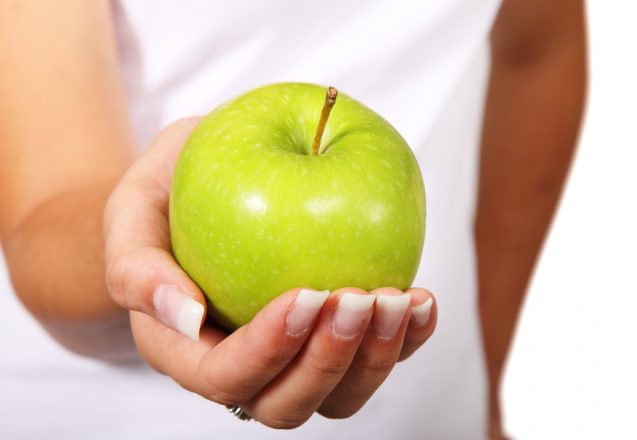
 Eating healthy means consuming food that is closest to its natural state without processing. One of the favorite foods of many is the apple. The old saying that an apple a day can keep the doctor away has merit. Just eating one apple a day and the balance of your diet junk food, won’t put you on the road to good health, but it’s a start. There are many health benefits from apples that will add to your good health, especially when combined with other healthy food options.
Eating healthy means consuming food that is closest to its natural state without processing. One of the favorite foods of many is the apple. The old saying that an apple a day can keep the doctor away has merit. Just eating one apple a day and the balance of your diet junk food, won’t put you on the road to good health, but it’s a start. There are many health benefits from apples that will add to your good health, especially when combined with other healthy food options.
 Any plan for healthy eating and getting fit should include healthy snacks. Snacking has become an important part of a daily meal plan. When you have mid morning and mid afternoon snacks available, not only are you less likely to stop and grab a candy bar at the gas station, you’re also less likely to eat too much at normal meal time. Planning for healthy snacks means making sure they provide all the necessary nutrients to add to your daily diet, but also are lower in calories. Some snacks also need to be prepackaged in single serving sizes so you aren’t tempted to eat too much.
Any plan for healthy eating and getting fit should include healthy snacks. Snacking has become an important part of a daily meal plan. When you have mid morning and mid afternoon snacks available, not only are you less likely to stop and grab a candy bar at the gas station, you’re also less likely to eat too much at normal meal time. Planning for healthy snacks means making sure they provide all the necessary nutrients to add to your daily diet, but also are lower in calories. Some snacks also need to be prepackaged in single serving sizes so you aren’t tempted to eat too much.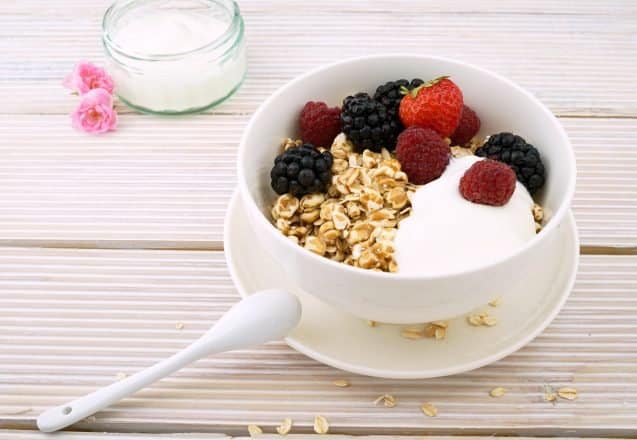
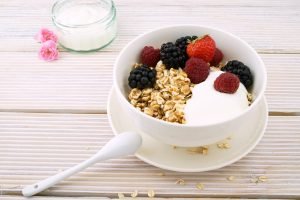 Do you have healthy microbiome? In case you’re wondering, I’m referring to the collection of microscopic bacteria, fungi, viruses archaea and eukaryotas that live in the body, mainly in the gut. These are actually now under consideration as a separate organ that promotes immune activity and digestion. You hear about these “belly bugs” everywhere. There are advertisements or yogurt as a probiotic, foods that provide prebiotic benefits to feed the probiotic bacteria and even more information on how healthy microbes can affect what might seem unrelated parts of the body. Microbiome even play a role in your mental health.
Do you have healthy microbiome? In case you’re wondering, I’m referring to the collection of microscopic bacteria, fungi, viruses archaea and eukaryotas that live in the body, mainly in the gut. These are actually now under consideration as a separate organ that promotes immune activity and digestion. You hear about these “belly bugs” everywhere. There are advertisements or yogurt as a probiotic, foods that provide prebiotic benefits to feed the probiotic bacteria and even more information on how healthy microbes can affect what might seem unrelated parts of the body. Microbiome even play a role in your mental health.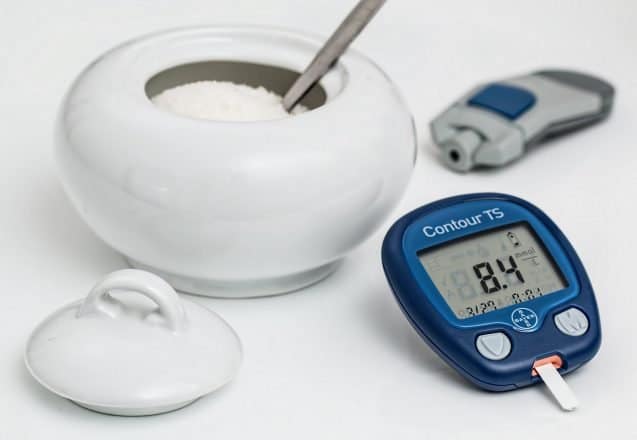
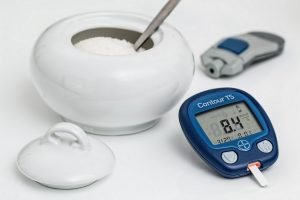 If you’ve never heard the term angiogenesis you’re lucky. It’s a term commonly used when discussing cancer treatment. Angiogenesis is a natural process that when running at its best, creates new blood vessels by splitting or growing new ones. It’s necessary to help heal wounds and part of normal growth, by which new blood vessels form, allowing the delivery of oxygen and nutrients to the body’s tissues. It is a vital function, required for growth and development as well as the healing of wounds. In fact, it’s also important to help heart disease, growing new vessels when others are clogged. However, when it’s not working correctly, it can boost the potential for cancer, diabetes and weight gain. I work with clients in San Antonio, Texas who fear the process, because they’ve only heard of it in association with these diseases.
If you’ve never heard the term angiogenesis you’re lucky. It’s a term commonly used when discussing cancer treatment. Angiogenesis is a natural process that when running at its best, creates new blood vessels by splitting or growing new ones. It’s necessary to help heal wounds and part of normal growth, by which new blood vessels form, allowing the delivery of oxygen and nutrients to the body’s tissues. It is a vital function, required for growth and development as well as the healing of wounds. In fact, it’s also important to help heart disease, growing new vessels when others are clogged. However, when it’s not working correctly, it can boost the potential for cancer, diabetes and weight gain. I work with clients in San Antonio, Texas who fear the process, because they’ve only heard of it in association with these diseases.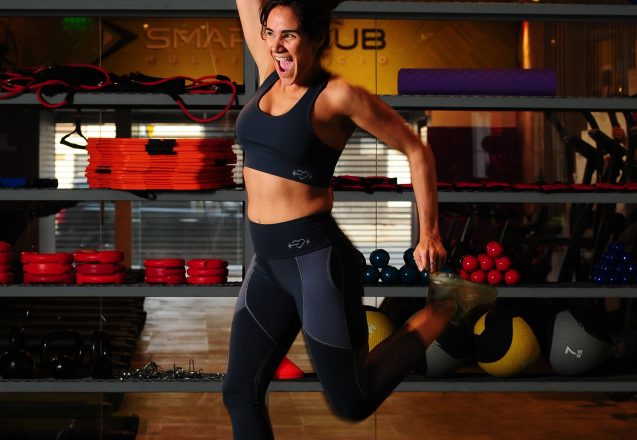
 There’s a lot of great changes that take place in your body when working out is part of your weekly routine. You might not see the changes immediately, but they definitely are occurring. I’ve seen clients attend their first workout and check out their reflection in the glass on their way out. I’ll be the first to say, you definitely won’t look thinner or fitter after just one session, but you might look a little healthier. There will be a glow to your skin with a hint of pink indicating increased circulation. You may even be smiling, since exercise boosts the happy hormones and decreases the stress hormones.
There’s a lot of great changes that take place in your body when working out is part of your weekly routine. You might not see the changes immediately, but they definitely are occurring. I’ve seen clients attend their first workout and check out their reflection in the glass on their way out. I’ll be the first to say, you definitely won’t look thinner or fitter after just one session, but you might look a little healthier. There will be a glow to your skin with a hint of pink indicating increased circulation. You may even be smiling, since exercise boosts the happy hormones and decreases the stress hormones.
 It doesn’t happen very often, but every once in a while I get a client that actually wants to workout to improve other things, like their vision or their cognitive skills. It’s true, working out makes your brain fit and can boost your mental powers dramatically. While everyone has the vision of the muscular athlete that has a box of rocks for brains, in reality, it’s just not true. Most athletes, particularly college athletes and pros, are extremely intelligent. One reason is the exercise they get and the experiences they have as athletes.
It doesn’t happen very often, but every once in a while I get a client that actually wants to workout to improve other things, like their vision or their cognitive skills. It’s true, working out makes your brain fit and can boost your mental powers dramatically. While everyone has the vision of the muscular athlete that has a box of rocks for brains, in reality, it’s just not true. Most athletes, particularly college athletes and pros, are extremely intelligent. One reason is the exercise they get and the experiences they have as athletes.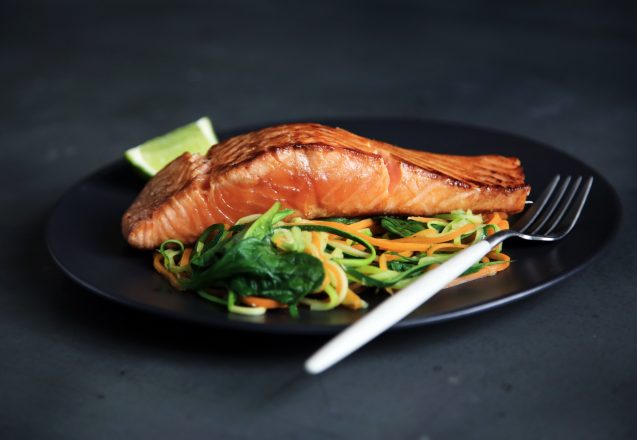
 You can increase your weight loss and burn more body fat by changing a few things you do throughout the day. While nothing will replace working out and a healthy diet, these tips can supplement that routine and improve your overall fat burning ability. Lots of clients in San Antonio, TX like having some simple tips to get their fat burning furnaces going, so I put together a few ideas that will help you shed your weight and start losing fat consistently.
You can increase your weight loss and burn more body fat by changing a few things you do throughout the day. While nothing will replace working out and a healthy diet, these tips can supplement that routine and improve your overall fat burning ability. Lots of clients in San Antonio, TX like having some simple tips to get their fat burning furnaces going, so I put together a few ideas that will help you shed your weight and start losing fat consistently.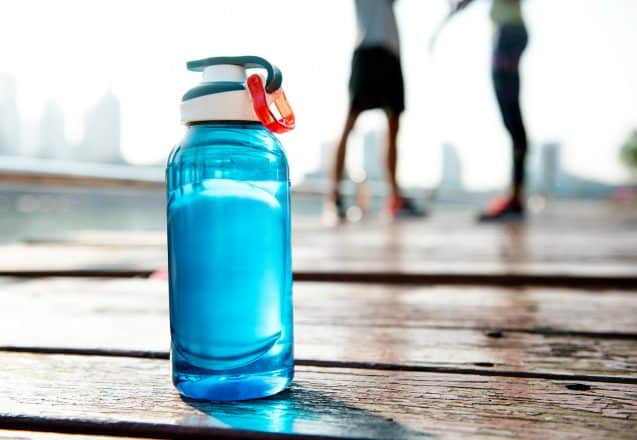
 If you want to look better, feel better and even live longer, learning healthy habits should be at the top of your to-do list. Sometimes, it’s the small things we do every day that either make or break our potential for living a healthier life or even losing weight. For instance, if you have a few colas throughout the day, even if they’re diet cola, you could be adding extra calories or extra inches to your waist. Both contain phosphoric acid that can act with the caffeine as a diuretic and rob your body of nutrients. Both affect the heart, blood pressure, dental health and waistline, with people drinking diet sodas having more visceral fat and a bigger waist.
If you want to look better, feel better and even live longer, learning healthy habits should be at the top of your to-do list. Sometimes, it’s the small things we do every day that either make or break our potential for living a healthier life or even losing weight. For instance, if you have a few colas throughout the day, even if they’re diet cola, you could be adding extra calories or extra inches to your waist. Both contain phosphoric acid that can act with the caffeine as a diuretic and rob your body of nutrients. Both affect the heart, blood pressure, dental health and waistline, with people drinking diet sodas having more visceral fat and a bigger waist.
 Whether you’re playing on a league or taking part in a competition, traveling can take its toll and even how well you do. Lots of things, from jet lag to eating healthy play a role in this. It’s not always easy to achieve good nutrition for the traveling athlete. One way to avoid some of the problem is to make sure you focus on a balanced diet with adequate protein, vitamins, minerals, carbs and fat. The best way to ensure success is to plan ahead.
Whether you’re playing on a league or taking part in a competition, traveling can take its toll and even how well you do. Lots of things, from jet lag to eating healthy play a role in this. It’s not always easy to achieve good nutrition for the traveling athlete. One way to avoid some of the problem is to make sure you focus on a balanced diet with adequate protein, vitamins, minerals, carbs and fat. The best way to ensure success is to plan ahead.